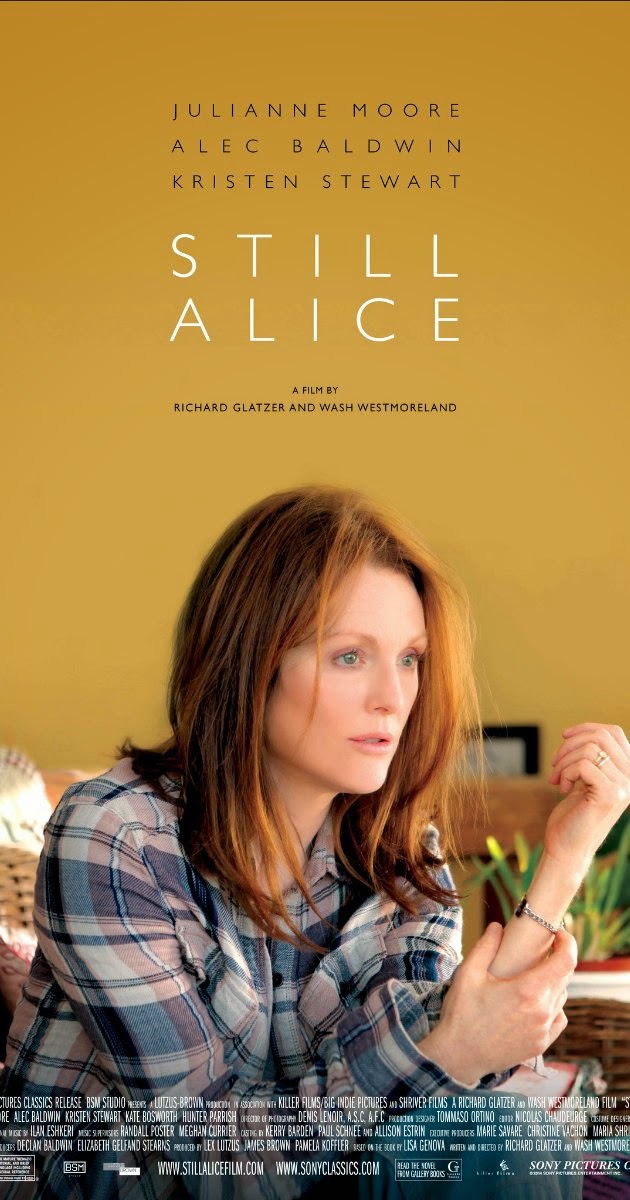In January this year I wrote about the experience of receiving--then promptly losing (twice)--a Timex watch. I was, oh, ten or so. (Link to that previous post.) For some reason, this past Sunday, while Joyce and I were off on a morning walk, we fell to talking about watches.
I remarked that when I was a boy, it was sort of a rite of passage, getting your first wristwatch. I can still (vaguely) remember going down to the Sears in Enid to pick it out. It was a boys' Timex with a gray strap. (By the way, later on, Joyce and I had a crotchety jeweler who insisted on the difference between a watch strap and a watch band, and when we would use the incorrect term, he would disdainfully correct us--like a humorless English teacher with no social skills.) Mine had a leather strap, as I was saying, and I was surpassingly proud of that watch, showing all my friends, who feigned interest fairly well.
Of course, it was a pre-digital, pre-electronic device, so I had to wind it all the time (often forgot). Mine looked a bit like the photo above--but, as I said, with a gray strap.
My friends often had more impressive devices--with Speidel metal watch bands, with the words waterproof and/or shockproof on them. Still, I was so happy with my watch ... but boyhood carelessness lost it for me.
I've had other sorts of watches throughout the years. In the late 70s I even had an old-fashioned pocket watch that I would wear with my three-piece suit (which didn't adorn me very often).
Since about 1990 I've been wearing a Seiko (with a brown leather strap) that I got in Massachusetts the year that our son began college at Tufts. I've had it worked on--several times--both by local jewelers and by the Seiko team. The last time--they told me they couldn't get parts anymore, so when it quits this time, that will be it. That's too bad. It's very accurate, has a moon-phase function, calendar (all very unobtrusive). I bought a new Seiko (larger, unfortunately) when the old one stopped. Then, a few days later, the old one started working again, as if to say I ain't done yet! So I put it back on, and it's been working fine for months.
We have some family watches--and one watch from a friend (former Harmon School colleague Andy Kmetz)--watches that were given by employers for X years of service & retirement--that sort of thing. Andy's had belonged to his father.
The year I retired from Western Reserve Academy (the 2010-2011 academic year), I was meeting my classes in the fall. Near the end of a period late in the day, I told a class about something I'd recently read (I'd already told my other classes that day)--that many young people no longer wear watches; they rely on their smart phones instead. After I told that story near the end of the period to my final class, and after I asked them if any of them wore watches, I noticed they were all staring at me oddly. I asked what was wrong.
"Dr. Dyer," said one brave young man, "you already told us that story at the beginning of the period."
I laughed--told them that if I ever did anything like that again, they should take me out in the woods and lose me. Maybe I'd find my old Timex out there in the woods ... strap and all.
.JPG) |
| my current watch |






































.jpg)











